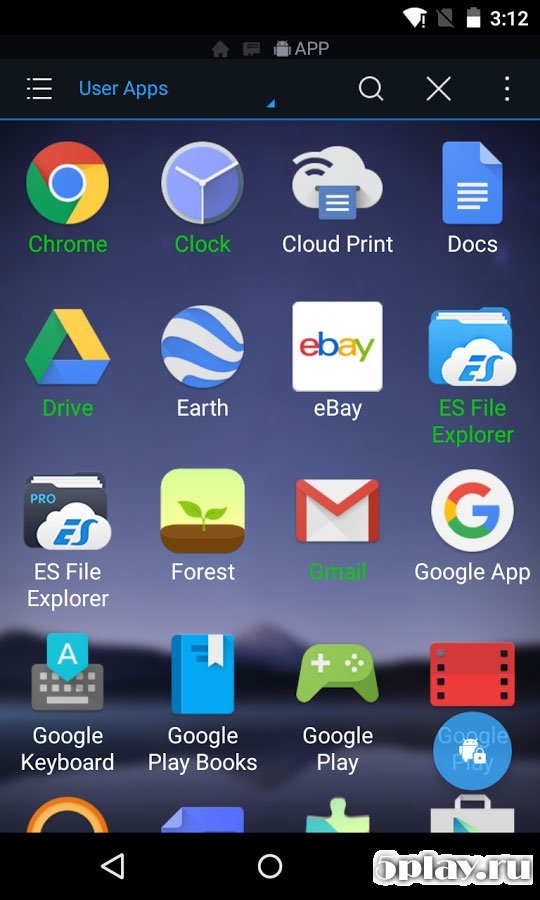

If someone requires it, they can choose to download it on demand. That means if there is some heavy load feature and it’s not useful to some user, it is not going to be added in their application download. Using App Bundles, we can have on-demand features.

Let’s analyse what adds to the application size: App Bundle is another format to publish the app on the Play Store. If you have not explored the Android App Bundle yet, then do so now. In this article, I’m going to share my experience of reducing the size of the application and the resources and tools that have helped me achieve this. We as developers can definitely implement some steps to deliver to the user a small-sized application which contains just the resources and files it needs.

An app contains more things than it actually requires or does. There are always some ways we can find to reduce the size of an application. Not convinced yet? Read the article “ Shrinking APKs, Growing Installs.” There is a negative correlation between APK size and the install conversion rate for apps with sizes below 100MB.

If you want to build applications for the next billion users, this is the first best practice: Optimise the application for entry-level devices. People do not want to spend a high amount of all three on one application. Seeing a pop-up with a large-file warning reduces the chances of the app being downloaded.Īndroid devices come with restricted storage, battery, and internet. No matter how amazing your application is, it won’t matter much unless people download it and use it. Do you think people will proceed further after seeing this? I don’t think so.


 0 kommentar(er)
0 kommentar(er)
